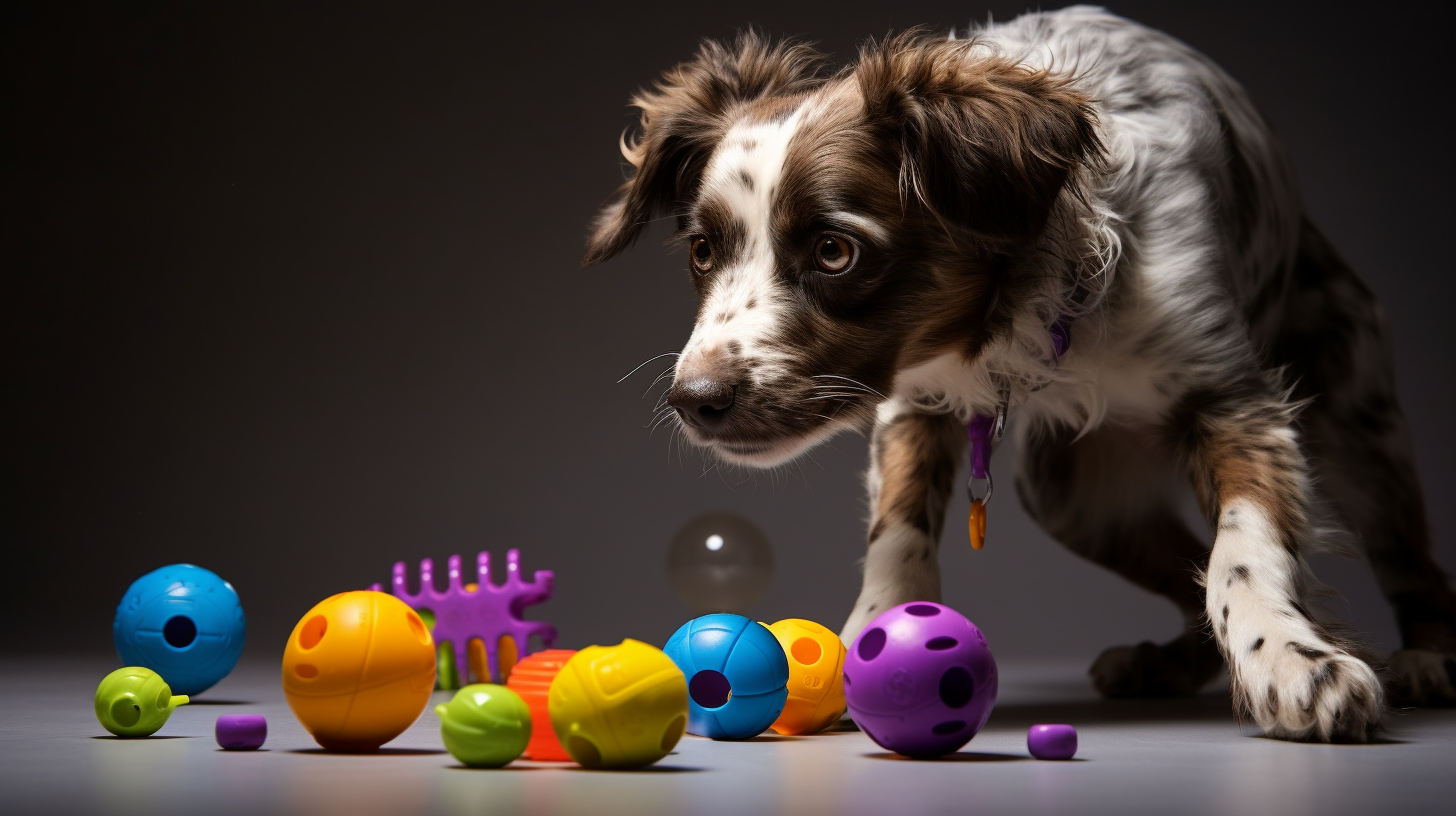It’s a question that’s been wagging tails and wiggling whiskers all across the Canine Republic: Do smart toys actually contribute to the intelligence of our canine companions? With the latest surge in interactive gizmos and gadgetry designed for our four-legged friends, this topic has sparked curiosity and debate among both pup parents and cognitive connoisseurs alike.
The Age of Paw-sitive Reinforcement
Long gone are the days when a simple stick or a chewed-up ball would suffice for a dog’s leisure. Today, we find the market flooded with an array of high-tech toys pledging to boost brainpower through elaborate puzzles and tasks. These toys are not just fetch-worthy but intellectually stimulating, promising to fine-tune our pooches’ problem-solving prowesses.
From multi-level puzzle feeders to interactive laser chasers that mimic the wily ways of a squirrel, these playthings are designed to tap into the natural instincts of dogs and harness their cognitive capabilities in fun, yet challenging ways. But the question remains: Do they succeed?
Tail-wagging Testimonials
Anecdotal evidence from proud pet owners isInundated in every dog park conversation. Take Fido, a lively Labrador who, after a mere two months of consistently engaging with his ‘Genius Pup Puzzle Toy,’ has exhibited sharper reflexes and an improvement in his attention span, according to his owner.
Similarly, Whiskers, a sprightly spaniel, has shown substantial growth in her ability to follow complex commands since her introduction to an ‘IQ Treat Ball’ that rewards cleverness with kibbles. Such testimonials make a compelling case, heralding a new age of canine enrichment.
Expert Opinions Unleashed
However, the enthusiastic barkings of satisfied dog parents are best paired with a dose of scientific scrutiny. Research into canine cognition is an emerging field with lots to uncover, and scholars in the domain are intrigued by the potential of these toys.
As Professor Paws, a leading canine cognition expert puts it, The interactive nature of these toys certainly piques the intellectual interest of dogs. They provide a unique stimulus that goes beyond physical exercise, tapping into the dog’s mental agility.
But Professor Paws also cautions, What we cannot assume, however, is that smart toys act as a magic wand. Consistent engagement and training are the true catalysts for cognitive advancement.
Playtime’s Paw-ssible Pitfalls
Not all that glitters is gold in the world of smart toys. A single-minded focus on problem-solving toys can sometimes lead to frustration in dogs, especially if the challenge exceeds the pupper’s current cognitive capacity. Additionally, not enough is known about the long-term impacts of substituting traditional human-canine interaction with toy-based engagement.
Final Thoughts: A Tail of Two Theories
Indeed, the conversation on smart toys and intelligence is not black and white. The integration of these brain-stimulating contraptions into daily play seems to yield positive outcomes; however, it must be tailored to individual temperament and paired with traditional bonding and training practices.
Whether or not smart toys alone make for smarter dogs, what’s clear is that they are openings for further exploration both in terms of play methodology and canine intellect. They are not just toys but tools that, when used wisely, have the potential to enrich the canine experience manifold.
As we continue our journey into understanding the minds of our furry companions, one thing is certain—play will always remain an integral component of their mental and emotional well-being. So let the games begin, and may the smartest pooch claim the victory in this fascinating cognitive chase!
